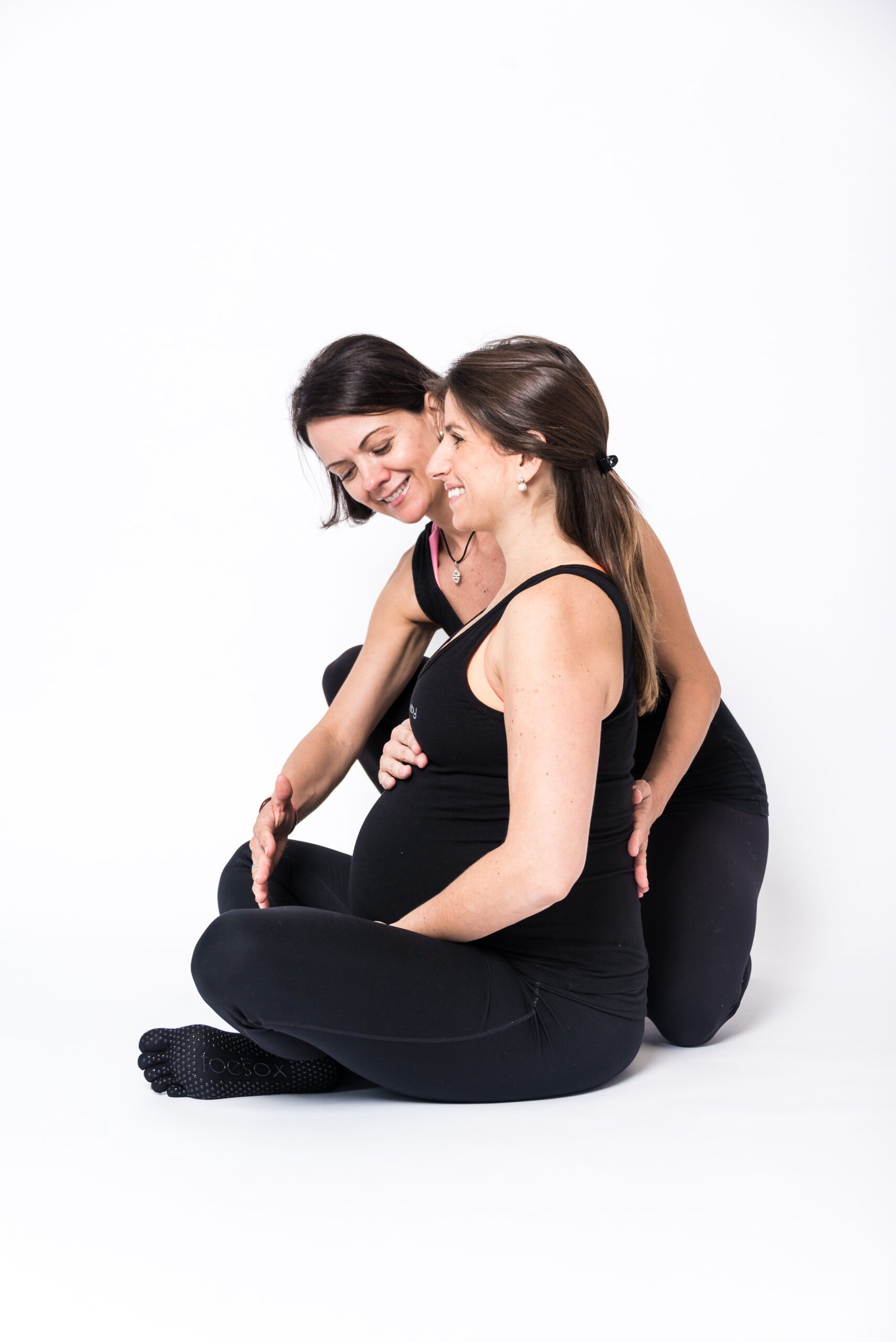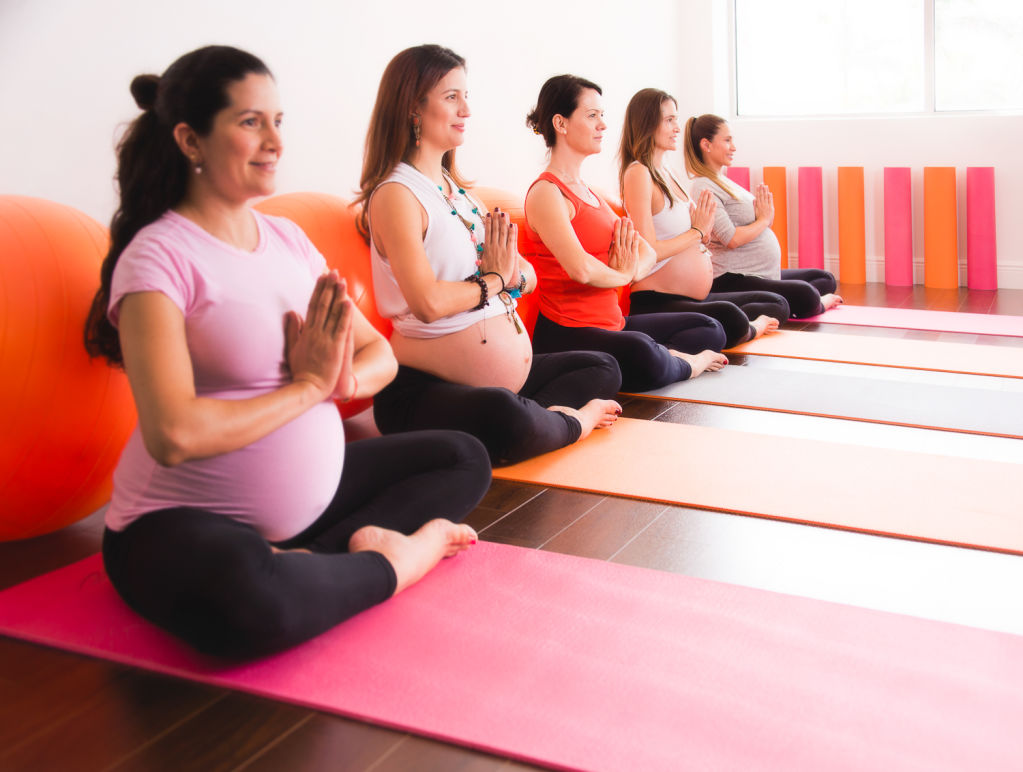WHY & HOW?

Belly Breathing Inhale

Belly Breathing Exhale
Belly Breathing : Why ?
Belly Breathing is in Body Belly Baby’s DNA. Breathing is a Pilates core Principle. In addition, it is a tool to relax, center, work your core safely and effectively, and focus on yourself.Above all, breathing is life and automatic. However most of us do not know how to breathe well and effectively.
Relearning how to breathe from the diaphragm is beneficial for everybody and especially for expecting women and new moms to feel better, to relax, to prepare their body for labor, center when so much is going on hormonally and psychologically for them, to labor and recover and regain abdominal strength and peace of mind.
Hence, I am delighted to share with you some basic knowledge about Belly Breathing and explain more what it does, how to do it and how often to practice.
Belly Breathing : What ?
Diaphragmatic breathing (also called “abdominal breathing” or “belly breathing”) encourages full oxygen exchange — that is, the beneficial trade of incoming oxygen for outgoing carbon dioxide. Understandably, this type of breathing slows the heartbeat and can lower or stabilize blood pressure. We teach Belly Breathing in every class in prenatal Pilates, Yoga or postpartum Pilates.
Belly Breathing : How ?
Let us explain how to breathe from your belly and not your chest. After that, practice on your own several times a day and you will soon experience its benefits in your own body.
- Sit legs criss-cross against a wall if you are expecting
- Or lie on your back on a flat surface (or in bed) with your knees bent if you are postpartum or not pregnant
- Then place one hand on your upper chest and the other on your belly , below your rib cage
- Alternatively you can place one hand on top of your belly button and the other one under.
- Slowly breathe in through your nose, letting the air in deeply, towards your lower belly. The hand on your chest should remain still, while the one on your belly should rise.
- Engage your pelvic floor and tighten your abdominal muscles and let them fall inward & Upward as you exhale through pursed lips. SCOOP.
- As a result, the hand on your belly should move down to its original position.
- Practice for five to 10 minutes, 2 to 3 times a day.
To conclude it is important to understand the dynamics between the diaphragm ( our breathing muscle) and the pelvic floor. They work together . When one inhales, the diaphragm and pelvic floor move downward, when one exhales, they go up.
Source : Harvard Medical School HealthBeat






